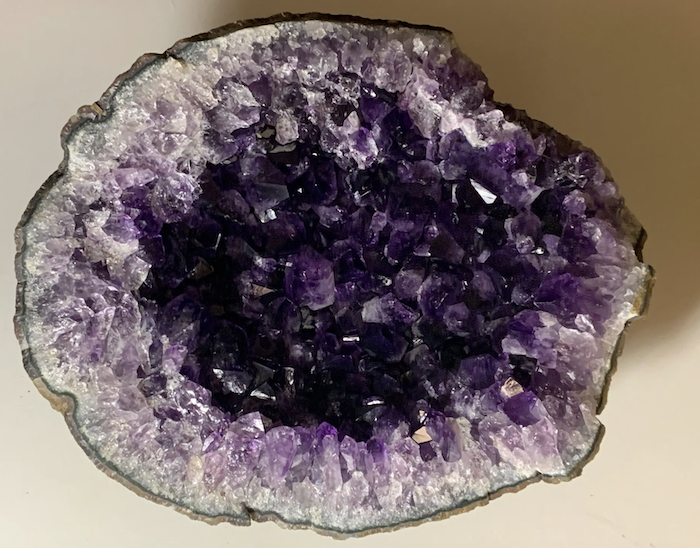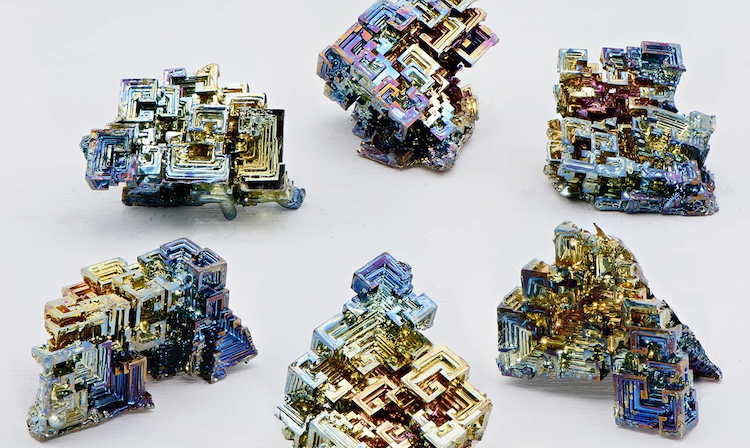Where to Find Petrified Wood in Texas
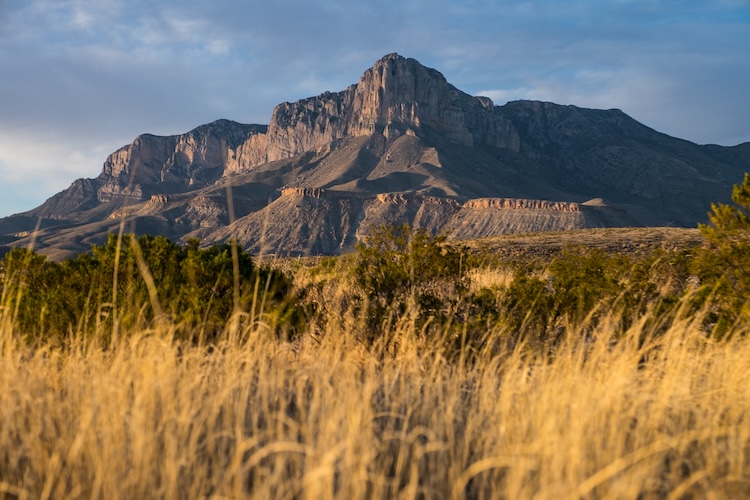
Petrified wood is found all over the US, including Texas. However, if you don’t know where to look, you won’t have any luck finding the fossil. In this article, we will discuss where to find Petrified Wood in Texas.
Texas, with its vast and diverse landscapes, is a treasure trove for fossil enthusiasts and rockhounds. Among the fascinating geological wonders that the state has to offer, petrified wood stands out as a unique and mesmerizing specimen.
Petrified wood is the result of a fascinating process that occurs over millions of years, turning once-living trees into stone. However, to preserve nature, the collection of petrified wood in most locations is considered illegal. But there are so many places where you can collect Petrified Wood in Texas.
How We Picked the Best Spots for Finding Petrified Wood in Texas
When it comes to choosing the best spots for finding Petrified Wood in Texas, we had to consider a lot of things such as:
- Understanding of our team about the area.
- Recommendations from the local mining groups.
- Accessibility to the mining area.
- Safety and potential hazards.
- Private and public locations.
Also, look at our guide on where to find petrified wood in Colorado and the best spots to find petrified wood in New Mexico.
What is Petrified Wood
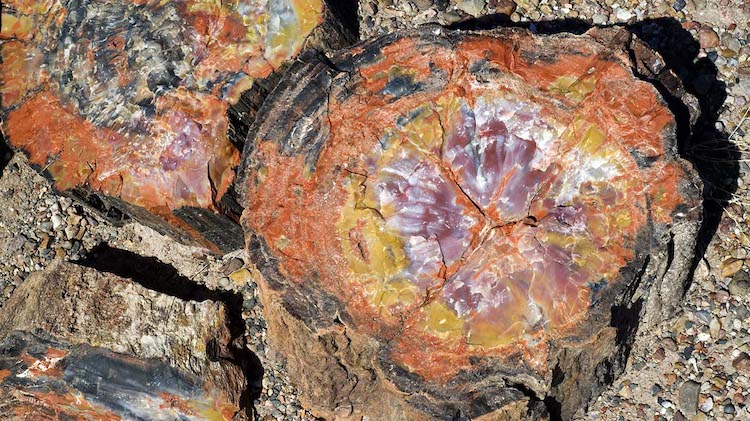
Petrified wood is essentially the result of a process called permineralization, where organic materials are replaced with minerals, turning the wood into stone over time.
The journey begins when a tree falls or is buried by sediment, preventing it from decomposing. Over millions of years, groundwater rich in minerals seeps through the buried wood. As the water moves through the wood, it carries dissolved minerals, such as silica, calcium, and iron.
These minerals gradually replace the organic material in the wood, effectively transforming it into stone while retaining the original structure and texture.
Petrified wood can exhibit a stunning array of colors, ranging from subtle earth tones to vibrant hues. The specific minerals present during the petrification process contribute to the variety of colors observed in the final product.
Where to Find Petrified Wood in Texas
Texas boasts several locations where petrified wood can be found. Let’s explore some of the prime locations for petrified wood hunting in the Lone Star State.
1. Palo Duro Canyon State Park
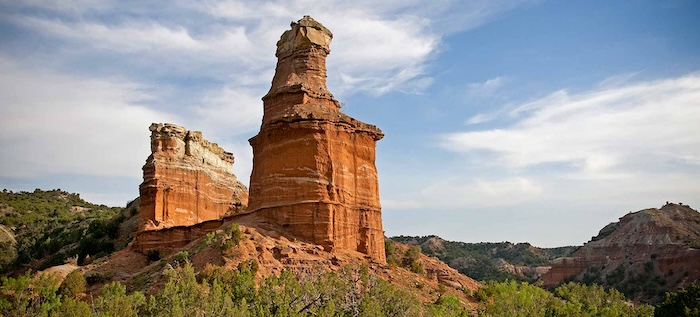
Palo Duro Canyon State Park is located in the Texas Panhandle near Amarillo. It is known for its breathtaking canyons and diverse geological formations. The park, often referred to as the “Grand Canyon of Texas,” provides an excellent opportunity for rockhounds and fossil enthusiasts to discover petrified wood.
Make sure to explore the areas with exposed rock formations and scour the canyon floor where erosion may reveal hidden treasures.
Keep in mind that collecting fossils within state parks is subject to regulations, so be sure to check with park authorities regarding any restrictions or permits required.
2. Lake Mackenzie, Amarillo
Amarillo and its surrounding areas are known for their fossil-rich grounds, and Lake Mackenzie is no exception. Lake Mackenzie, situated approximately 30 miles east of Amarillo, offers a chance to discover petrified wood along its shores and surrounding landscapes.
We recommend visiting the lake when the water levels are low. The lake’s water levels may fluctuate, revealing petrified wood in exposed areas. Walking along the lakebed during low water levels can yield exciting finds.
3. Toledo Bend
Toledo Bend is a massive reservoir on the Texas-Louisiana border. The fluctuating water levels of the reservoir can reveal petrified wood along the shores, particularly after periods of heavy rain or changes in water flow.
When you visit the Bend, make sure to explore the beaches and exposed areas. Keep an eye out for wood fragments that display the telltale signs of petrification, such as a stone-like appearance and distinct grain patterns.
4. Quitman Mountains
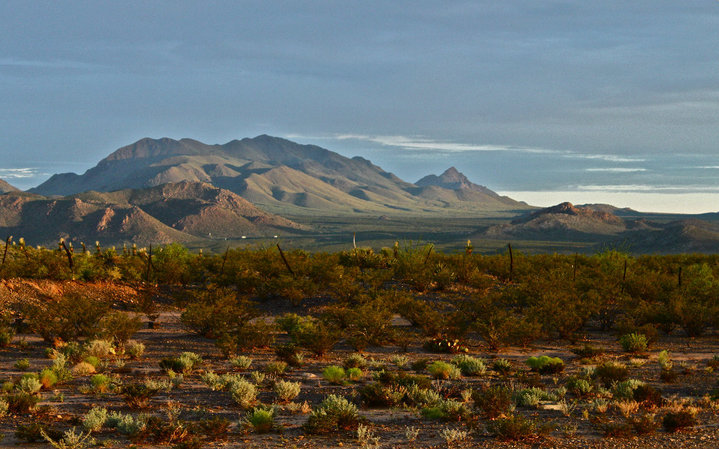
The Quitman Mountains, located in West Texas near the town of Kent, offer a unique opportunity to find petrified wood in a desert landscape. This region is known for its rugged beauty and is a favorite among rockhounds seeking fossilized treasures.
Keep an eye on exposed rock formations and dry creek beds for petrified wood. Venturing into the region, it may involve some off-road exploration, so gear up accordingly.
5. Trinity River
The Trinity River, flowing through the eastern part of Texas, has been a significant geological force shaping the landscape over millions of years. Make sure to explore the riverbanks and surrounding areas to look for petrified wood.
The Trinity River’s sedimentary deposits may contain petrified wood fragments, especially in areas where erosion has exposed ancient layers.
6. West Texas Desert along the Guadalupe Mountains
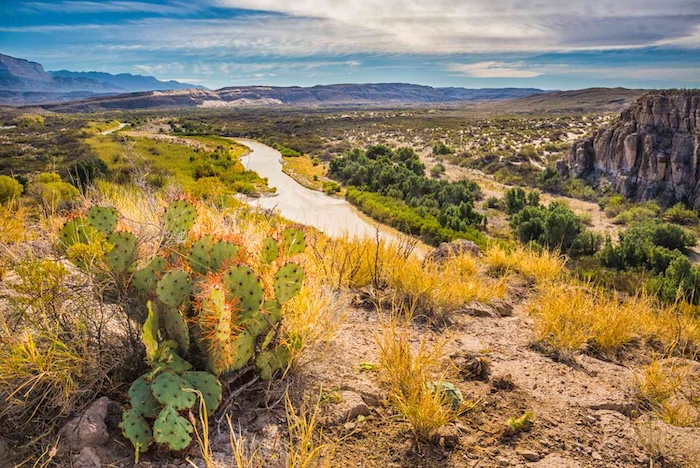
The vast desert landscape along the Guadalupe Mountains in West Texas is another promising region for petrified wood hunting. This area’s arid climate and unique geological formations create favorable conditions for the preservation of fossils, including petrified wood.
Make sure to explore the rocky outcrop and the desert floor for specimens. The Guadalupe Mountains National Park, in particular, offers opportunities for fossil enthusiasts to discover remnants of ancient plant life turned to stone.
Before embarking on any fossil-hunting expedition, familiarize yourself with local regulations. State and national parks may have specific rules regarding fossil collection, and obtaining the necessary permits is crucial to ensure a legal and responsible experience.
Important Tools You Need to Find Petrified Wood in Texas
Before making the journey, make sure you have the following essential tools to collect petrified wood:
- Work Gloves: Wear sturdy gloves to shield your hands from sharp edges and rough surfaces.
- Rock Hammer: A rock hammer with a flat face and a pointed tip is essential for breaking apart rocks and extracting petrified wood from its matrix.
- Chisels: You need both flat and pointed chisels. A flat chisel is required for separating the layers around the petrified wood, and a pointed chisel is useful for getting into tight spaces.
- Sledgehammer: A heavier sledgehammer can be useful for larger rocks or stubborn matrices that require more force to break.
- Trowel or Shovel: Use a trowel or shovel to excavate and uncover petrified wood buried in the ground. A folding shovel is convenient for transport.
- Backpack: You need a sturdy backpack or field bag to store your tools, water, snacks, and any collected specimens.
- Safety Boots: Wear sturdy, closed-toe boots with ankle support to protect your feet from rough terrain and potential hazards.
- First Aid Kit: Keep a basic first aid kit handy in case of minor injuries or accidents.
- GPS or Compass: Ensure you have a reliable navigation tool to help you find your way, especially if you’re exploring unfamiliar areas.
- Permission and Permits: Check local regulations and land ownership rules. Some areas may require permits or landowner permission for fossil collecting.
Petrified Wood Texas FAQs
Can petrified wood be found in Texas?
Yes, you can find various specimens of petrified wood all throughout Texas, including Deep South Texas.
How old is petrified wood in Texas?
Much of the petrified wood in Texas is part of the geological formations dating to the Miocene epoch which is up to 50 million years old.
Why is petrified wood illegal?
Collecting petrified wood is prohibited in national parks and monuments to preserve natural and cultural resources.
Conclusion
These are the best spots to find Petrified Wood in Texas. From the canyons of Palo Duro to the desert along the Guadalupe Mountains, Texas offers a wealth of opportunities for rockhounds to uncover these ancient wood specimens turned to stone.
As you embark on your petrified wood hunting adventures, remember to prioritize responsible collecting practices, respect regulations, and appreciate the natural beauty that surrounds each discovery
